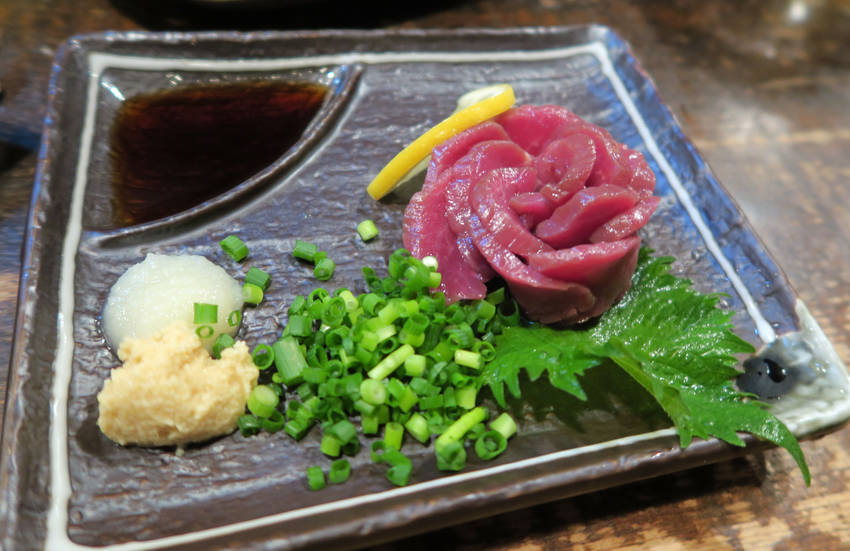浴場 に入 るときは下着 ・水着 を含 む衣類 を着 てはいけません。浴槽 に入 る前 には体 をよく洗 ってください。入 れ墨 ・タトゥーのある方 は浴場 の利用 はできません。シールなどで隠 せる場合 は隠 してください。- タオルを
浴槽 に入 れてはいけません。 浴場 では走 ったり泳 いではいけません。また頭 を浴槽 に入 れてはいけません。携帯 電話 を含 む医療 目的 以外 の電子 機器 を持 ち込 んではいけません。洗濯 ・染髪 をしてはいけません。浴槽 の中 で髪 や体 を洗 ってはいけません。洗 い場 でシャワーを使 う場合 は、他 のお客様 にシャワーがかからないようにしてください。- おむつを
使 っている方 は浴場 の利用 はできません。 脱衣場 に移動 する前 に体 をよく拭 いてください。飲食物 は浴場 に持 ち込 みできません。
これらの
Rules for Using Onsen and Sento in Japan
Please refer to the following general rules within onsen (hot springs) and sento (public bathhouses).
- Do not wear clothing when entering the bath area, this includes underwear and swimsuits.
- Wash your body thoroughly before entering the bathtub.
- People with tattoos are not allowed to use bathhouses. If they can hide them with stickers or by other means, they are encouraged to do so.
- Do not put towels in the bathtub.
- Do not run or swim in the bathhouse.
- Do not put your head in the bathtub.
- No electronic devices (other than for medical purposes) may be brought into the bath, including cell phones.
- No washing or dyeing your hair.
- No washing your body in the bathtub.
- If you use the shower in the washroom, please do not shower with other guests.
- People who wear diapers are not allowed to use the bathhouse.
- Please wipe yourself off well before moving to the changing rooms.
- Eating and/or drinking is not allowed within the bath area.
These rules are established with hygiene in mind. Please note that if you violate any of these guidelines, you may be requested to leave.
A yokujou is the room where you take off your clothes to enter the bath area. The changing area and the bath area are separated by a door. At the entrance to the bath area, there is a pot filled with hot water. It is proper etiquette to use the hot water within the pot to rinse oneself. A yokusou is a bathtub within the bath area for hot or cold water.
As previously mentioned, if you have tattoos, you are not allowed to enter the facility. If the tattoo is small, it must be covered with a sticker. This is because tattoos are associated with "yakuza", the gang culture in Japan. It is best to assume that no exceptions are made for people from other countries.
sign up for the Japanese-Online Newsletter
__..-・**・-..__..-・**・-.._ あいうえお かきくけこ さしすせそ たちつてと なにぬねの はひふへほ まみむめも やいゆえよ らりるれろ わゐうゑを ん __..-・**・-..__..-・**・-.._
#JapaneseOnline #LearningJapanese #FreeJapaneseLessons #JapaneseVideoLearning #JapaneseAnime #Anime #JapaneseFood #Bloguru











No Latest Comments